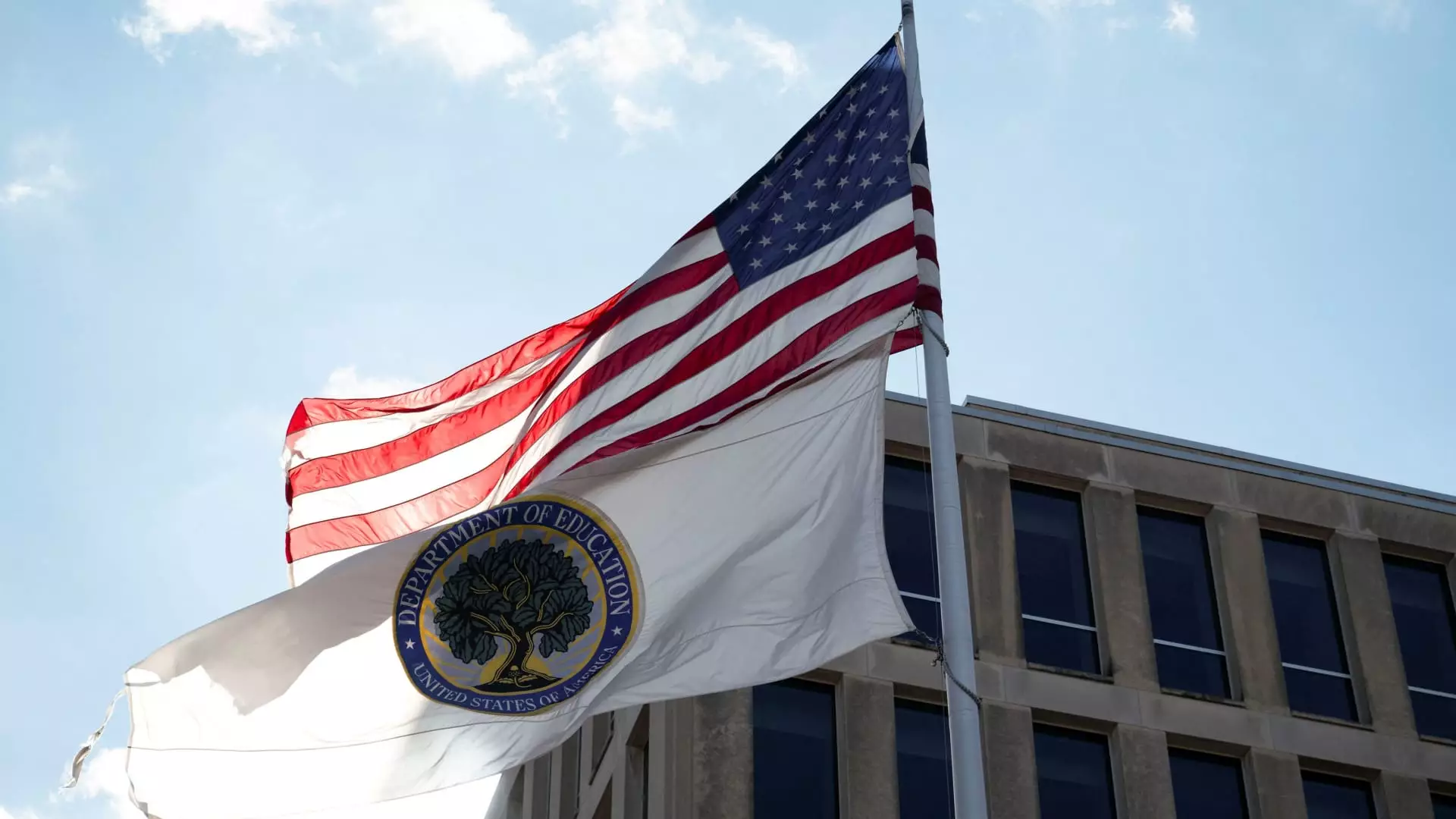The debate surrounding the future of the U.S. Department of Education has reignited increased anxiety among the 42 million federal student loan borrowers amid proposals from the Trump administration to potentially reduce or eliminate its functions. As they ponder the possibility of structural changes to an institution integral to funding education, many borrowers are left grappling with uncertainty, fearing the ramifications this could have on their financial well-being.
The Role of the Department of Education in Student Loan Management
The U.S. Department of Education plays a crucial role in facilitating higher education through its various financial programs, particularly by underwriting federal student loans. It currently oversees approximately $1.6 trillion in outstanding education debt, which has raised significant concerns regarding what might happen if this agency were to be shut down or significantly diminished. Experts like Betsy Mayotte, president of The Institute of Student Loan Advisors, indicate that anxiety amongst borrowers is palpable, as they question how legislative changes would affect their loan repayment obligations and access to financial aid.
The closure of the Department of Education is not merely a matter of administrative red tape; it would require legislative action from Congress, which remains a complex and often contentious process. Despite this, reports indicate that the Trump administration is considering alternatives—including executive orders—that would empower them to curtail the department’s operations. Such a move would not only affect the management of existing loans but could also lead to significant delays for new borrowers relying on federal financial aid programs.
Established in 1979 by former President Jimmy Carter, the Department of Education has faced existential threats previously, particularly during the Reagan administration. The history of this department reveals a long-standing debate over the federal government’s role in education funding—a debate that President Trump has renewed. Comments from administration officials have suggested a radical reevaluation of the department’s structure and functions, heightening concerns among stakeholders in the educational finance system.
Polls indicate that a significant majority of likely voters—61% opposed the use of an executive order aimed at dismantling the department, showcasing a disconnect between certain political agendas and public sentiment on education policy. This suggests a need for a more nuanced conversation about the future of educational funding, one that values the perspectives of those most impacted: the students.
Potential Consequences of Agency Restructuring
Should the Department of Education cease to exist or significantly reduce its influence, the implications for borrowers could be severe. Critics argue that simply changing the agency that oversees federal student loans does not alter the contractual obligations of borrowers. As financial aid expert Mayotte notes, the risks associated with disorganization and chaos could exacerbate existing issues within the student loan system, causing financial ruin for many.
Existing federal loans may simply be transferred to another agency, such as the Treasury Department or even the Department of Labor, but this reshuffling could lead to inefficiencies and errors. For example, on top of managing the existing debt, agencies not specialized in student finance would suddenly be tasked with administering programs that require a deep understanding of higher education financing, potentially leading to widespread confusion and frustration.
Consumer protection advocates are particularly concerned about proposals to privatize federal student loans. They argue that movement toward privatization could strip away important borrower protections that exist under the current system, further complicating the repayment process for vulnerable individuals who already face significant debt burdens.
Experts like Michele Shepard Zampini of The Institute For College Access and Success are vocal about the need for stability within the student loan system. They argue that borrowers are already navigating a landscape fraught with challenges, and further upheaval is likely to result in detrimental consequences, including delays in accessing financial aid for new students.
As Kantrowitz aptly puts it, disruption in this process is “bad, very bad.” The ramifications of these proposed changes don’t just pose a threat to current borrowers; they could also dissuade new students from seeking higher education altogether, a critical concern in a society that increasingly emphasizes the importance of advanced degrees in the job market.
The possibility of significant changes to the U.S. Department of Education creates a swirl of worry for millions of student loan borrowers. The intersection of policy, public sentiment, and the very real need for financial aid presents a complex scenario that demands careful consideration. As the political conversation around education funding continues, it is crucial that the voices of borrowers and educational institutions remain at the forefront to ensure that any changes prioritize the needs and futures of students across the country.

